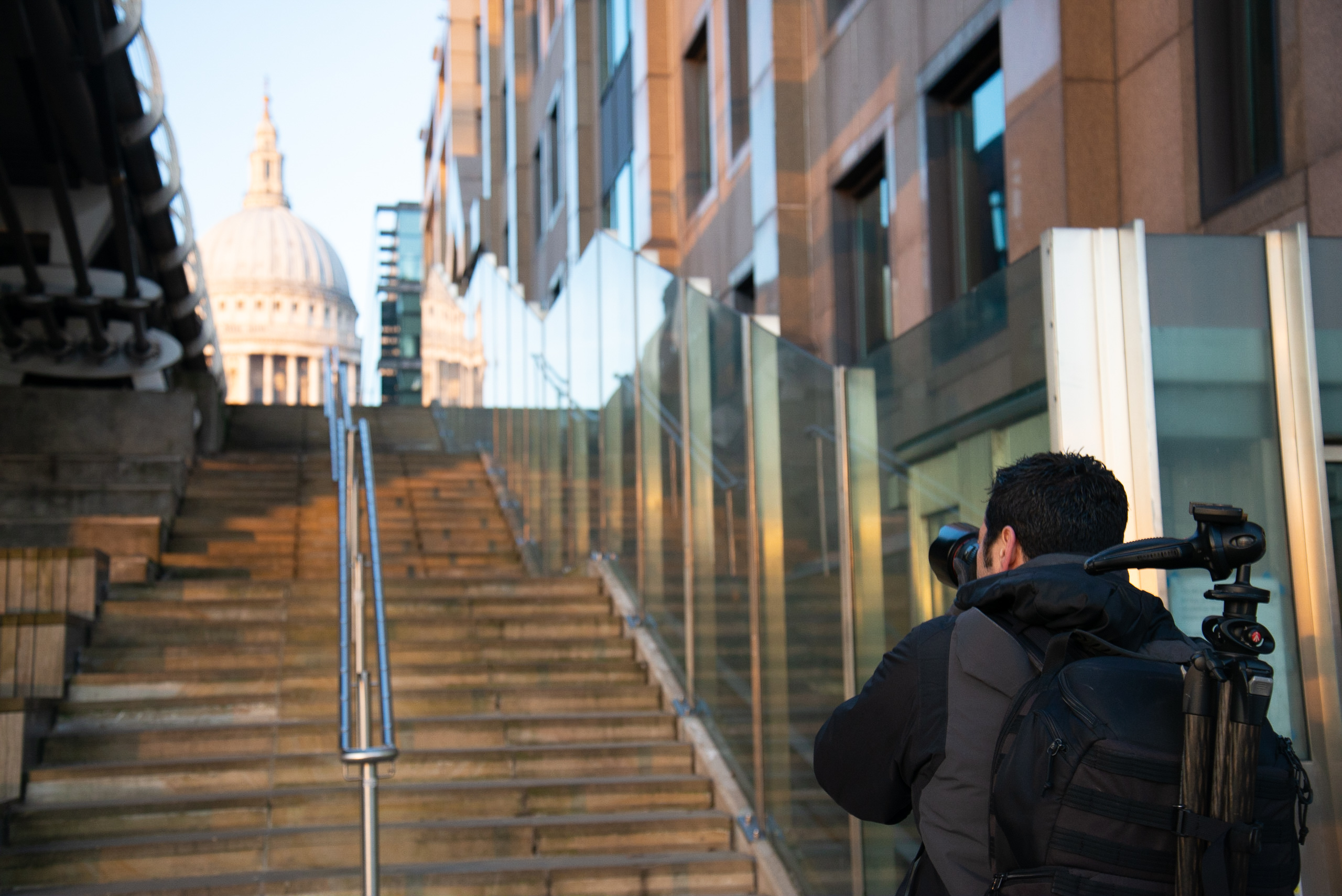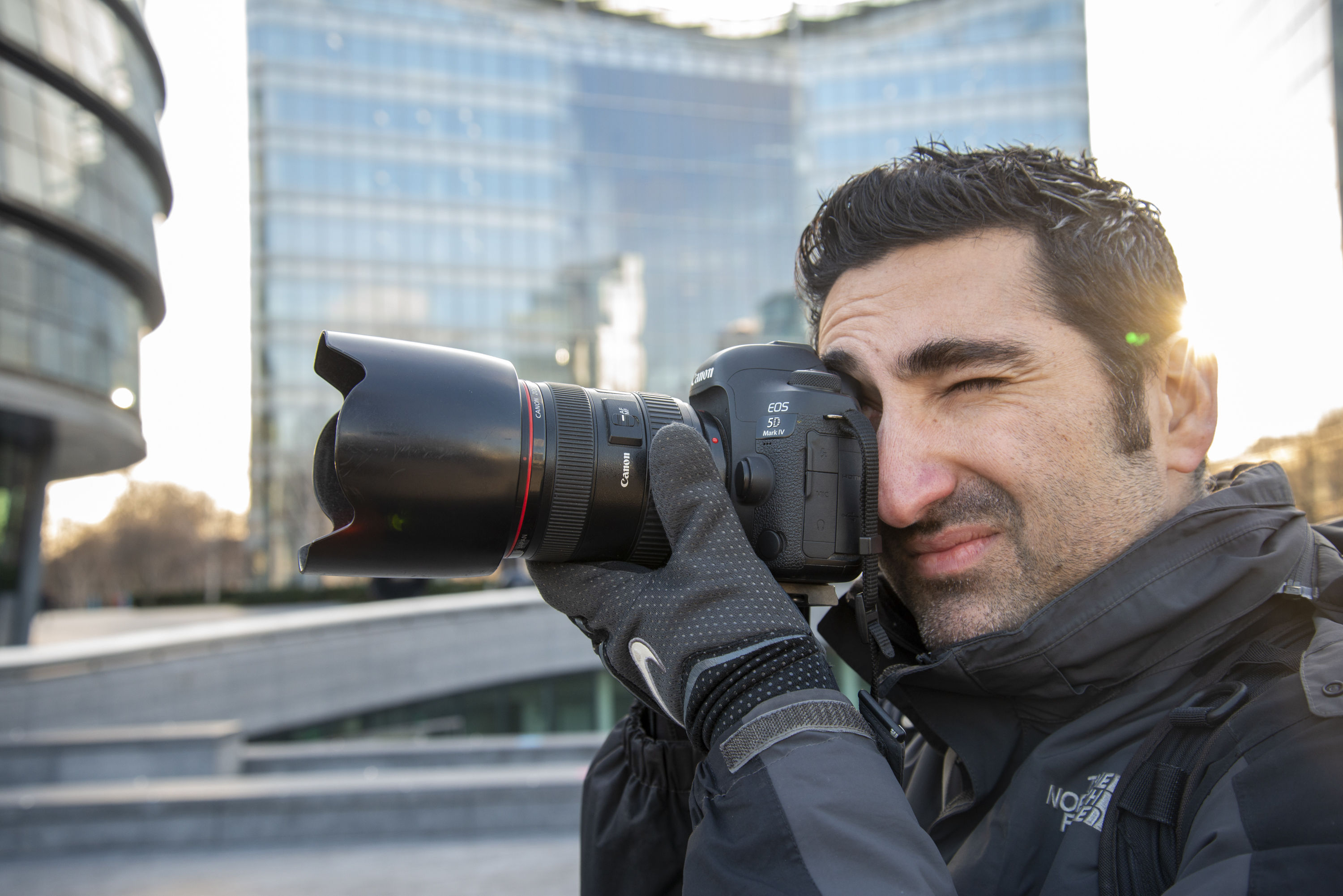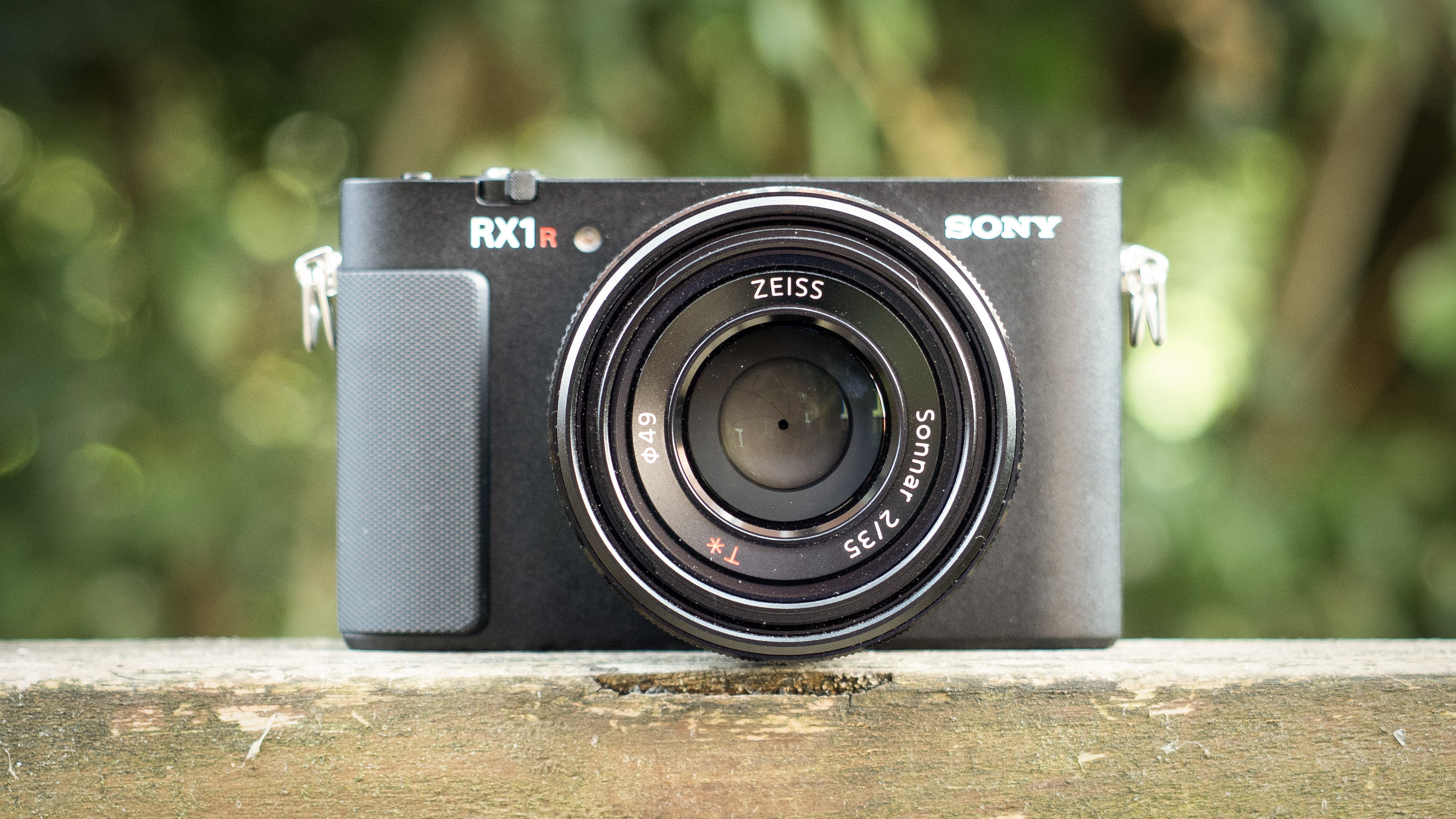Is stock photography still worth it?
Like all photographers, I have seen fees for my photos fall dramatically over the last 15 years. But is this fair?
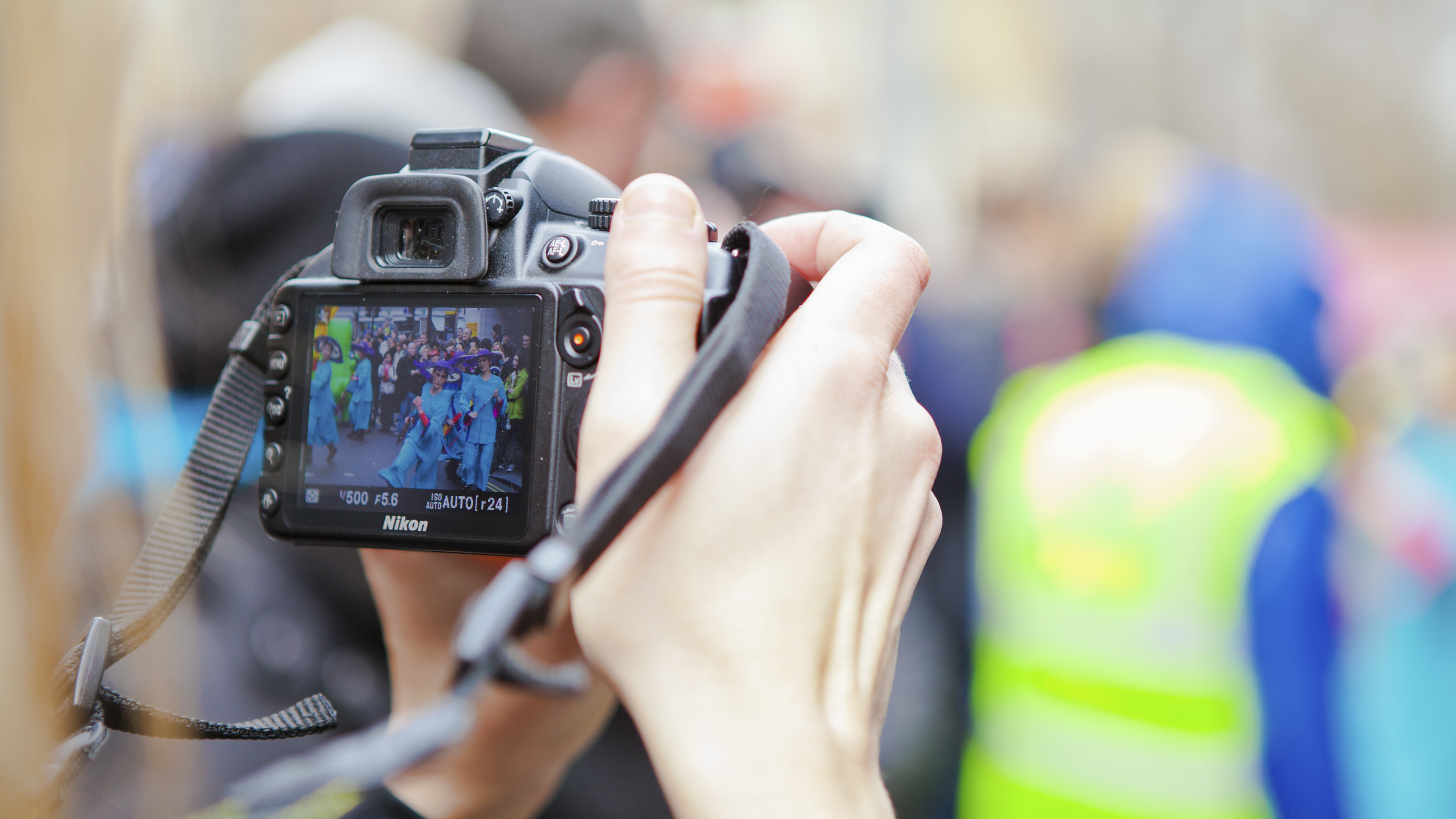
Back in 2005, I spent a day photographing fruit at home. There was nothing complicated about the shoot. I simply used a lightbox and took photos of a whole variety of fruit against a white background. I uploaded those photos to Alamy and to my delight within 12 months I had earned over $1,000 from those photos. With very little cost and only a day of my time, this represented the sort of ROI that we photographers dream of.
Oh, how the world of photography has changed since then…
On my most recent statements from one of the stock sites I submit my photos to, I saw sales for around 7 photos from a shoot that amounted to a little over $3. I calculated that at that rate it would take me approximately 42 years to break even from the costs of that shoot. How is this ever fair for photographers?
Luckily for me, this particular set of photos was taken while I was on assignment and so my expenses were covered. But it still doesn’t cover the time it took to edit them, add keywords and captions and upload them. And I can only see this situation getting worse with fees falling even more.
So the question is, should there be a minimum fee for a sold photo? In the same way that many countries have a minimum wage, should photos also have a minimum price?
I’m not naïve enough to ever think that even if a minimum fee was introduced it would be life changing. But at least as photographers we won’t see our photos licensed for a few cents.
The thing is, that I don’t actually blame clients who pay these fees for photos. Like anyone or any business, you always try to find the best deal. So if you can purchase a photo for a dollar why pay ten dollars for it? And with fees continuing to fall and even the last remaining stock sites that charge higher prices under pressure to change their business model, it’s only a matter of time before photos become worthless.
The best camera deals, reviews, product advice, and unmissable photography news, direct to your inbox!
But this change is clearly not going to come from governments so how can this vicious cycle be stopped?
I believe that the only way is for the photography community to come together to agree on a minimum fee for every photo sold. This doesn’t have to be extortionate, but even a $5 minimum would represent a huge change in the industry. The majority of photos licensed are through the big stock sites such as Dreamstime, Getty, Alamy and Shutterstock. So imagine what a message it would send to the world if they all placed the same minimum fee for any photo sold.
As wonderful as this would be, I highly doubt it would ever happen. But I do believe that it is something that needs to be spoken about to protect the whole photography industry. Otherwise, we will end up at a time when photography as a profession won’t exist.
Of course, there is always a counterargument to every debate. And on this particular topic, people might argue that this is just the consequence of an open market and no different to say supermarkets competing on the prices of products.
Unfortunately, this is where this idea of a minimum fee will come up against a brick wall. The big stock sites are ultimately only concerned about their bottom lines so as long as photographers continue to supply them with photos, they will continue to sell them at minimal prices.
So, as much as a minimum fee for photos seems the only fair way forward, unfortunately, I think it may very much remain a utopian idea rather than a realistic solution.
Read more
The best stock photo sites
The best professional cameras
How to set the best fees for your photo services
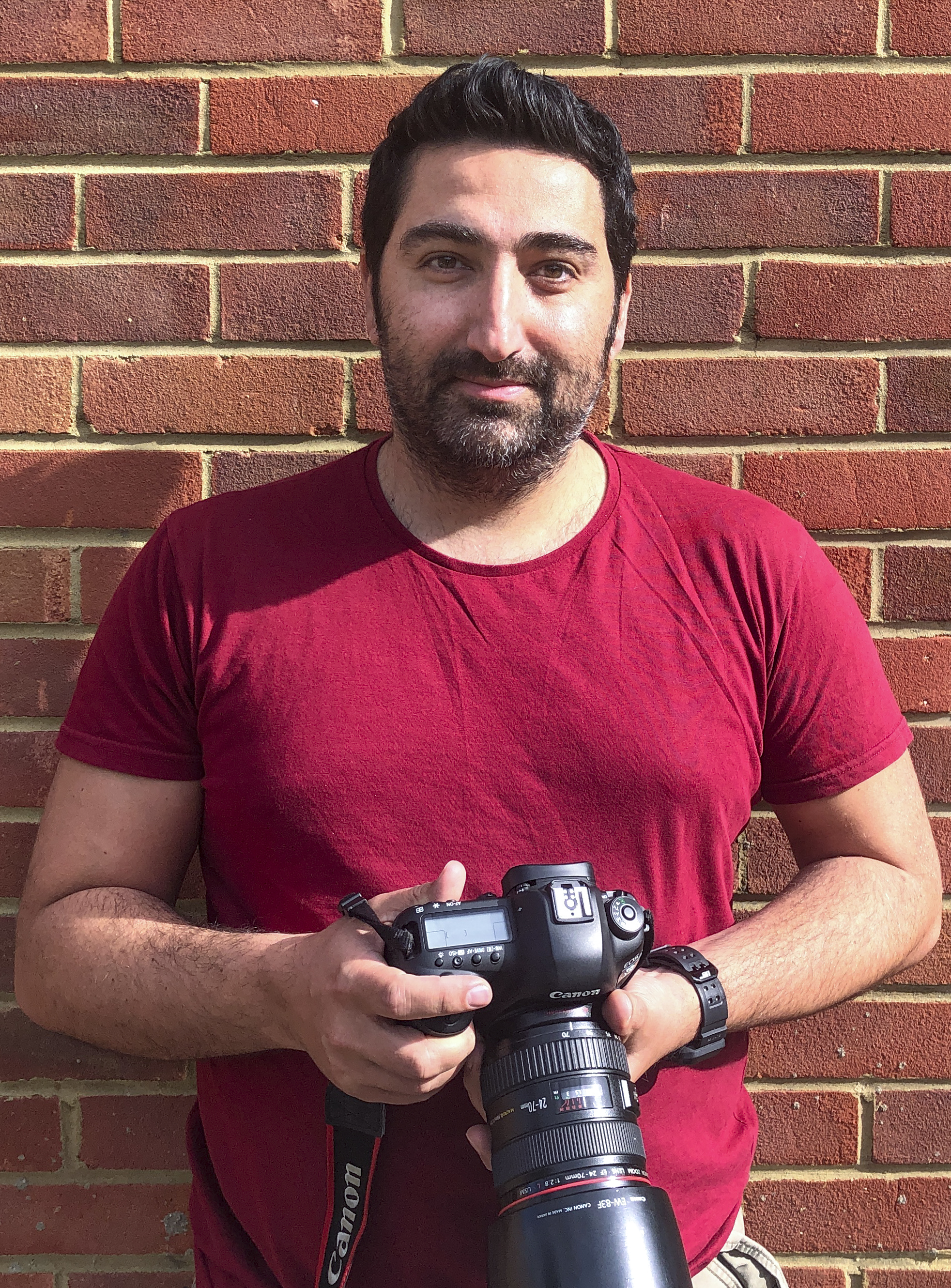
UK-based travel and landscape pro Kav shoots on assignment for editorial and commercial clients, and stock for high-end agencies. He has written over 400 articles on photography, judges a major travel photo contest and leads tours and workshops worldwide with the company That Wild Idea. In 2021 Kav launched JRNY travel magazine with fellow photographer Jordan Banks.
